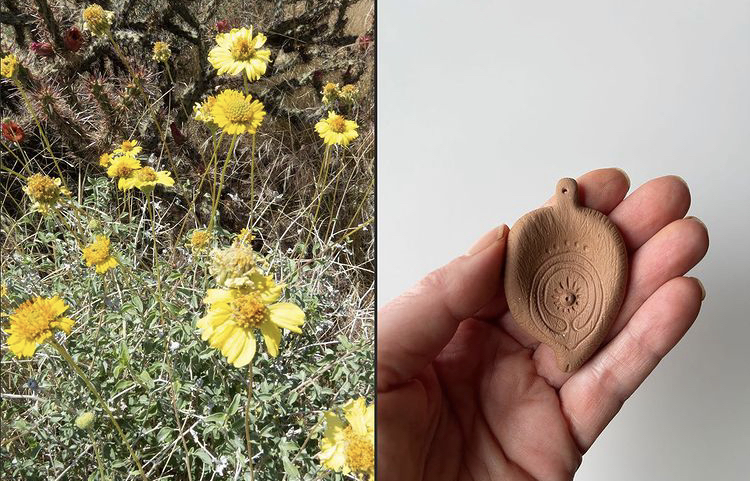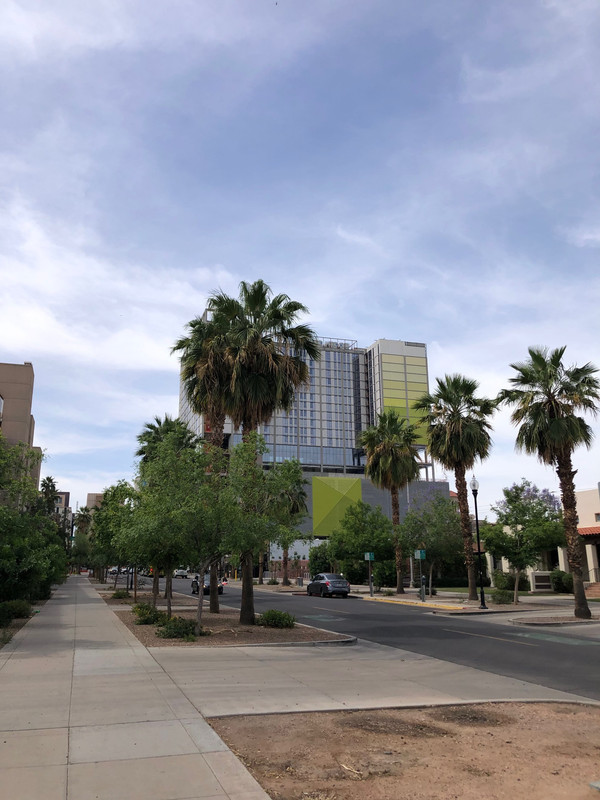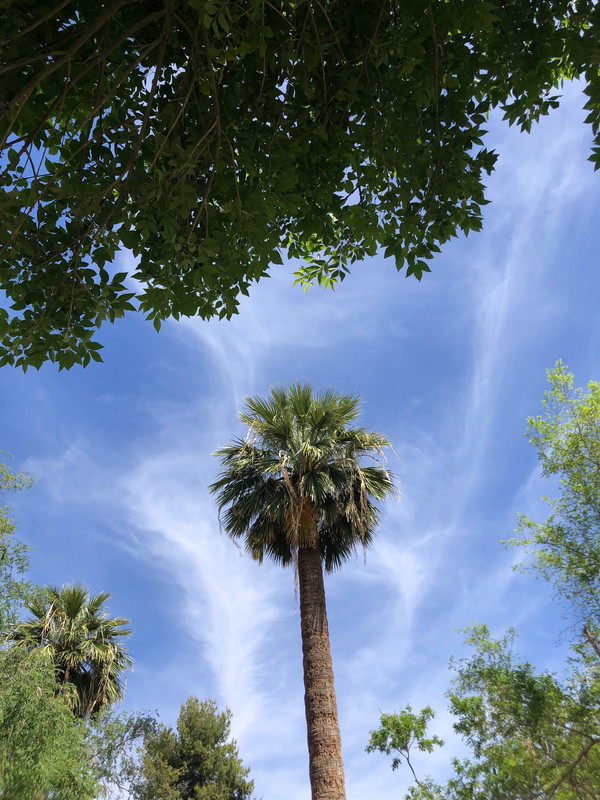July 2022 EcoQuest: The Leaf Connection
Join the July EcoQuest: The Leaf Connection.
Join the EcoQuest
Important: Be sure to include the hashtag #theleafconnection in the notes section of your observation.
WHAT TO OBSERVE:
Any kind of leaf, whether on the ground, trees, bushes, flowering plants, or other spaces in nature that catch your eye. Photograph the whole plant and a closeup of the leaf, if possible.

This month’s EcoQuest is in collaboration with local artist Mary Meyer.
Mary Meyer creates ceramic wall installations that examine the human connection with nature and the environment. The work is driven by her interest in ecology and the many similarities between human and botanical anatomy. She received a bachelor’s degree in fine arts from Arizona State University and a master’s degree in fine arts from the University of Arizona, where she received the MFA Fellowship. Meyer lives and works in Gold Canyon, Arizona, and is an active member of the metro Phoenix art community. Her work is represented in public and private collections in the US and internationally.
Visit her website: www.marymeyerstudio.com
Follow on Instagram: marymeyerstudio, the.leaf.connection

The Leaf Connection is a new community engagement art project developed by Arizona artist Mary Meyer in collaboration with Metro Phoenix EcoFlora. This project invites participants to use iNaturalist to share images of leaves within the urban desert of metro Phoenix. Join the project for a chance to see your observation come to life. Select observations will be used to inform leaf designs for a large wall installation that will carry hundreds of clay leaves that Mary will sculpt by hand. The installation will be mapped out to reflect the Phoenix metropolitan area and illustrate the diversity of plants and people in our desert home. The purpose of this project is to foster community and connection through art, as well as bring awareness to our natural surroundings.

Mary Meyer. Biophilia (leaves) II. Porcelain, graphite, pigment, sewing needles, wood panel. 60x180x2,5 inches. Mesa Contemporary Arts Museum.

EcoQuests are month-long challenges that are part of the larger Metro Phoenix EcoFlora project. Learn more by visiting our website.
Look for project happenings, EcoQuest announcements and more in the newsletter, project journal and on social media.
Sign up for the newsletter, The Metro Phoenix Field Guide.
Let's be social on Instagram, Facebook, and Twitter.

Please do not observe indoor houseplants or pets.
For your own safety and the protection of plants and wildlife, do not trespass when making observations. Please follow all posted rules and guidelines in parks/preserves and do not enter private property.
Do not remove or move natural materials (plants, animals, rocks).
Respect wildlife (do not touch, feed, or disturb animals and keep a safe distance).
Observe COVID-19 Guidelines/Recommendations.
This is a great opportunity to observe and appreciate nature in our neighborhoods as we all navigate the complications of COVID-19. It is imperative that you follow COVID-19 guidelines/recommendations (wear a mask, practice physical distancing and wash your hands).
Do what’s best for you and your community.
For more COVID-19 information and guidelines, visit:
https://www.inaturalist.org/projects/city-nature-challenge-2020/journal/31768-cnc-covid-19
https://www.inaturalist.org/blog/31664-exploring-nature-when-you-re-stuck-at-home
Arizona Office of Tourism: Responsible Recreation in AZ
https://tourism.az.gov/responsible-recreation-across-arizona











